Speakers
Plenary speakers
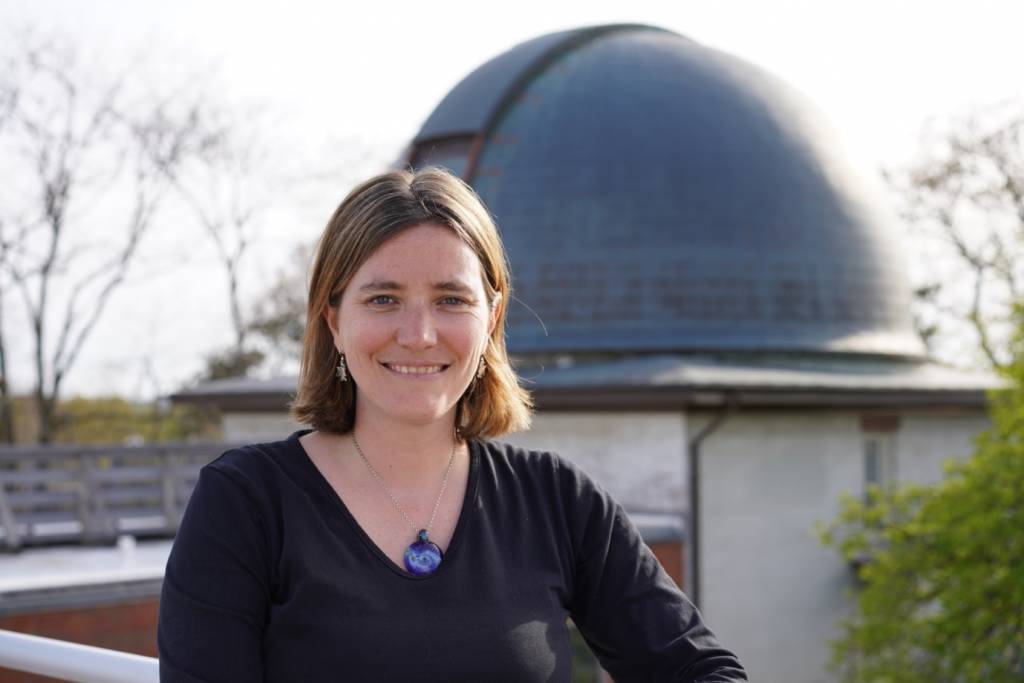
Yvette Cendes
Late-Time Radio Emission in Tidal Disruption Events (TDEs)
Yvette Cendes, Harvard-Smithsonian Center for Astrophysics in Cambridge, MA, USA.
A tidal disruption event (TDE) occurs when a star wanders sufficiently close to a supermassive black hole (SMBH) to be torn apart by tidal forces. TDE observations in radio offer a unique laboratory to measure SMBH masses, to study super-Eddington accretion and associated outflows, and to probe the environment around previously-dormant SMBHs. Recently, it has become apparent that some TDEs can indeed exhibit delayed onset of radio emission, such as the case of AT2018hyz which appeared to launch a mildly relativistic outflow ~2 years post-disruption. In this talk, I will discuss results from a radio survey using the VLA and MeerKAT of ~25 TDEs >2 years post-disruption, which did not exhibit radio emission at early times. I will discuss the rate of radio-bright TDEs at late times, implications for the density profile surrounding SMBHs, and possible scenarios for what is causing this phenomenon.
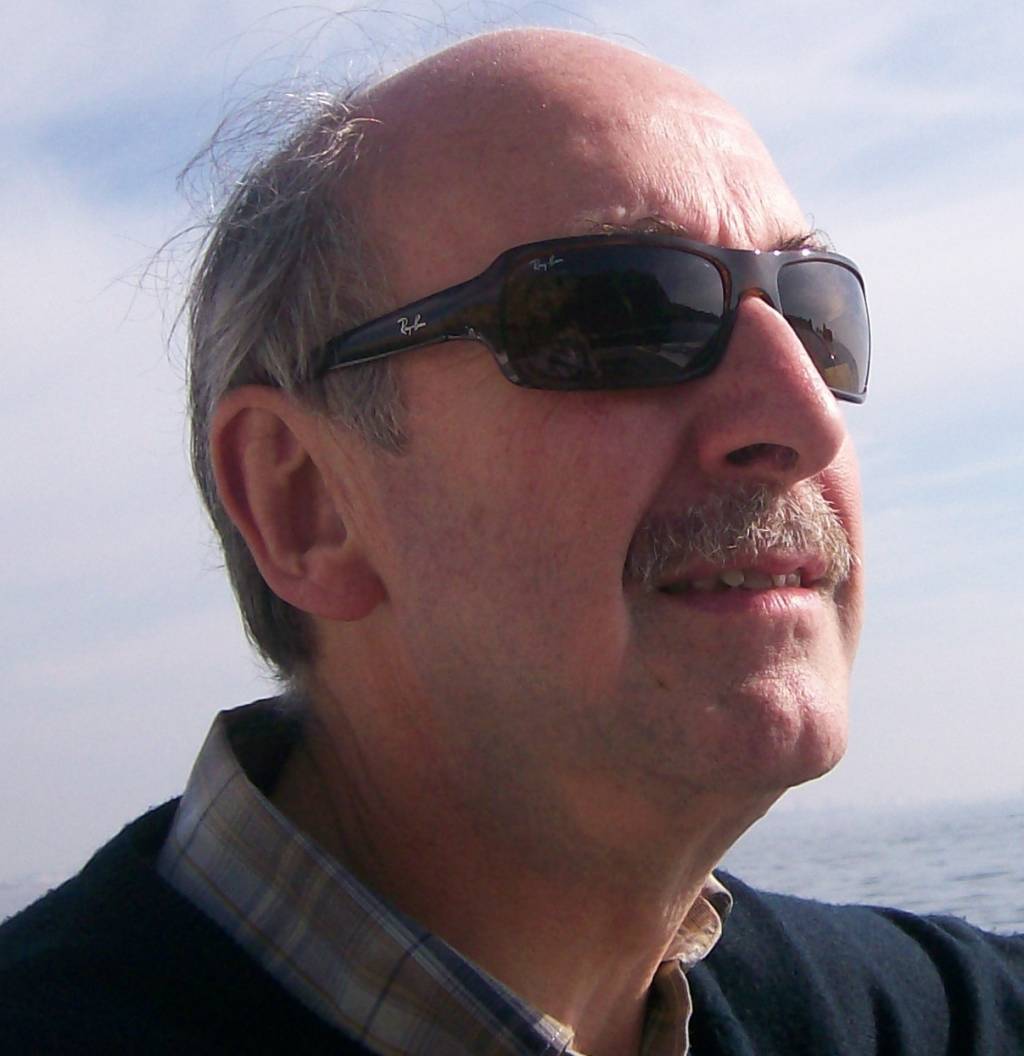
Roy Harrison
Sources and Properties of Nanoparticles in Urban Atmospheres
Roy M Harrison, University of Birmingham, UK.
Nanoparticles are defined as those with one dimension less that 100nm. They typically contribute little to the mass of particles in the atmosphere, but are dominant in terms of number. Some of their physical and chemical properties differ from those of larger particles, and the World Health Organization has highlighted the possibility that they present a health risk distinct from that of larger particles, and has recommended enhanced surveillance. They also play a part in the regulation of climate, as at the larger end of their size spectrum they can act as cloud condensation nuclei which influence the formation and albedo of clouds. This talk will review the sources of nanoparticles, focussing particularly upon those emitted by diesel vehicles, and those formed within the atmosphere from gas to particle conversion processes. The formation mechanisms and atmospheric properties of nanoparticles from these sources will be described as well as some of the results from the measurement and modelling of nanoparticles in urban atmospheres. Some of the implications for pollution control will be described.
Short Bio:
Professor Roy M. Harrison, OBE, FRS
Roy Harrison is Queen Elizabeth II Birmingham Centenary Professor of Environmental Health at the University of Birmingham, UK, and also Distinguished Adjunct Professor at King Abdulaziz University, Saudi Arabia. His research interests are in air pollution, especially airborne particulate matter. He has also been heavily engaged at the science/policy interface as a member of several government technical advisory groups for the Department of Health and the Department for Environment, Food and Rural Affairs (Defra) in the U.K., including past membership of Defra’s Science Advisory Council. He was a contributor to the World Health Organization Global Air Quality Guidelines (2005) and the Guidelines for Quality of Indoor Air (2010). He was appointed an Officer of the Order of the British Empire (OBE) in the 2004 New Year Honours List and elected a Fellow of the Royal Society in 2017. He is author of over 600 papers in the peer-reviewed literature, and is listed by Web of Science as a Highly Cited Researcher.
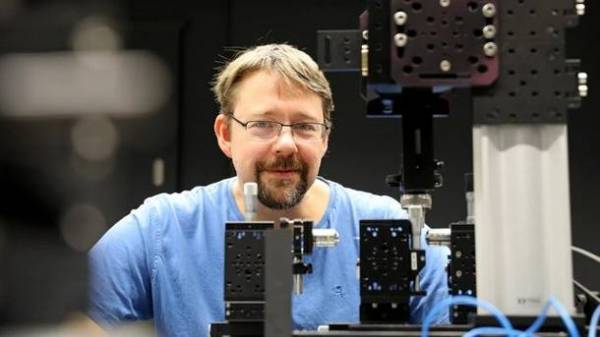
Alexander Szameit
Topological Photonics
Alexander Szameit, Institute of Physics, University of Rostock, Germany
In the context of photonics, topology has emerged as an abstract, yet surprisingly powerful, new paradigm for controlling the flow of light. As such, it holds great promise for a wide range of advanced applications, from scatter-free routing and switching of light along arbitrary three-dimensional trajectories to long-distance transmission of slow-light waves. Whereas topological effects in condensed matter originate typically from the fermionic Kramer’s degeneracy or the quantum Hall effect in the presence of strong magnetic fields, these mechanisms cannot be readily adapted due to the bosonic nature of photons and the notoriously weak magnetic interactions at optical frequencies. Recently, a number of approaches for the realization of photonic topological transport have been put forward. Among these, perhaps the most promising one follows the spirit of Floquet topological insulators, in which temporal variations of solid-state systems induce topological edge states. In the context of photonics, temporal modulations serve to break the time-reversal symmetry and thereby give rise to topologically protected one-way edge states.
In my talk, I will present an introduction to topology in photonics, with a particular focus on our work on the implementation of photonic Floquet topological insulators. The purpose is to review these and other recent developments, to discuss potential applications and to stimulate new conceptual ideas.
Biography:
Alexander Szameit was born in 1979 in Halle (Saale), Germany, and received his Physics Diploma, PhD, and his habilitation at the Friedrich-Schiller-Universität Jena (Germany) in 2004, 2007, and 2015, respectively. He was a visiting intern astronomer at the Institute for Astronomy in Hilo, HI in 2002 and a visiting fellow at the Nonlinear Physics Centre at the Australian National University in 2007. He spent from 2009-2011 as PostDoc at the Technion in Haifa (Israel) and returned in 2011 as Assistant Professor to Jena. Since 2016, he is full professor for experimental solid-state optics at the University of Rostock. Alex Szameit’s research includes various aspects of modern optics, such as linear and nonlinear waves in periodic media, micro and nano-photonics, the integration of complex optical circuits and chip-based photonic quantum computing.
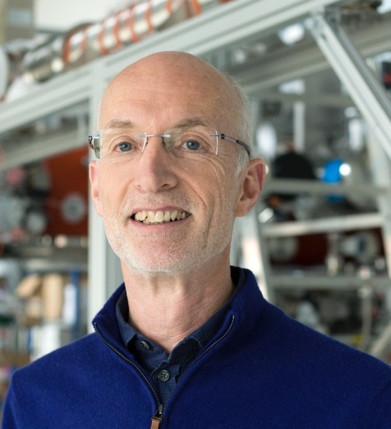
Stuart S.P. Parkin
Beyond charge currents: spin and ion currents for future data storage and computing technologies
Stuart S.P. Parkin, Max Planck Institute for Microstructure Physics, Halle, Germany
The era of computing technologies based on charge currents is coming to an end after more than forty years of exponential increases in computing power and data storage that have been largely based on shrinking devices in two dimensions. A new era of “Beyond charge!” will evolve over the next decade that will likely be based on several new concepts. Firstly, devices whose innate properties are derived not from the electron’s charge but from spin currents as well as from ion currents. In some cases new functionality will arise that can extend charge based devices but in other case fundamentally new computing and data storage paradigms will evolve. Secondly, devices will inevitably become three-dimensional: novel means of constructing devices, both from bottom-up and top-down, will become increasingly important. Thirdly, bio-inspired devices that may mimic the extremely energy efficient computation systems in the biological world are compelling. In this talk I will focus on spintronics, namely, spin current based phenomena and devices and discuss the past, present and future of spintronic technologies.
Biography:
Stuart Parkin is a Director of the Max Planck Institute for Microstructure Physics, Halle, Germany, and an Alexander von Humboldt Professor, Martin Luther University, Halle-Wittenberg. His research interests include spintronic materials and devices for advanced sensor, memory, and logic applications, oxide thin-film heterostructures, topological metals, exotic superconductors, and cognitive devices. Parkin’s discoveries in spintronics enabled a more than 10000-fold increase in the storage capacity of magnetic disk drives. For his work that thereby enabled the “big data” world of today, Parkin was awarded the Millennium Technology Award from the Technology Academy Finland in 2014 and, most recently the King Faisal Prize for Science 2021 for his research into three distinct classes of spintronic memories. Parkin is a Fellow/ Member of: Royal Society (London), Royal Academy of Engineering, National Academy of Sciences, National Academy of Engineering, German National Academy of Science – Leopoldina, Royal Society of Edinburgh, Indian Academy of Sciences, and TWAS – academy of sciences for the developing world and has received numerous awards from around the world.
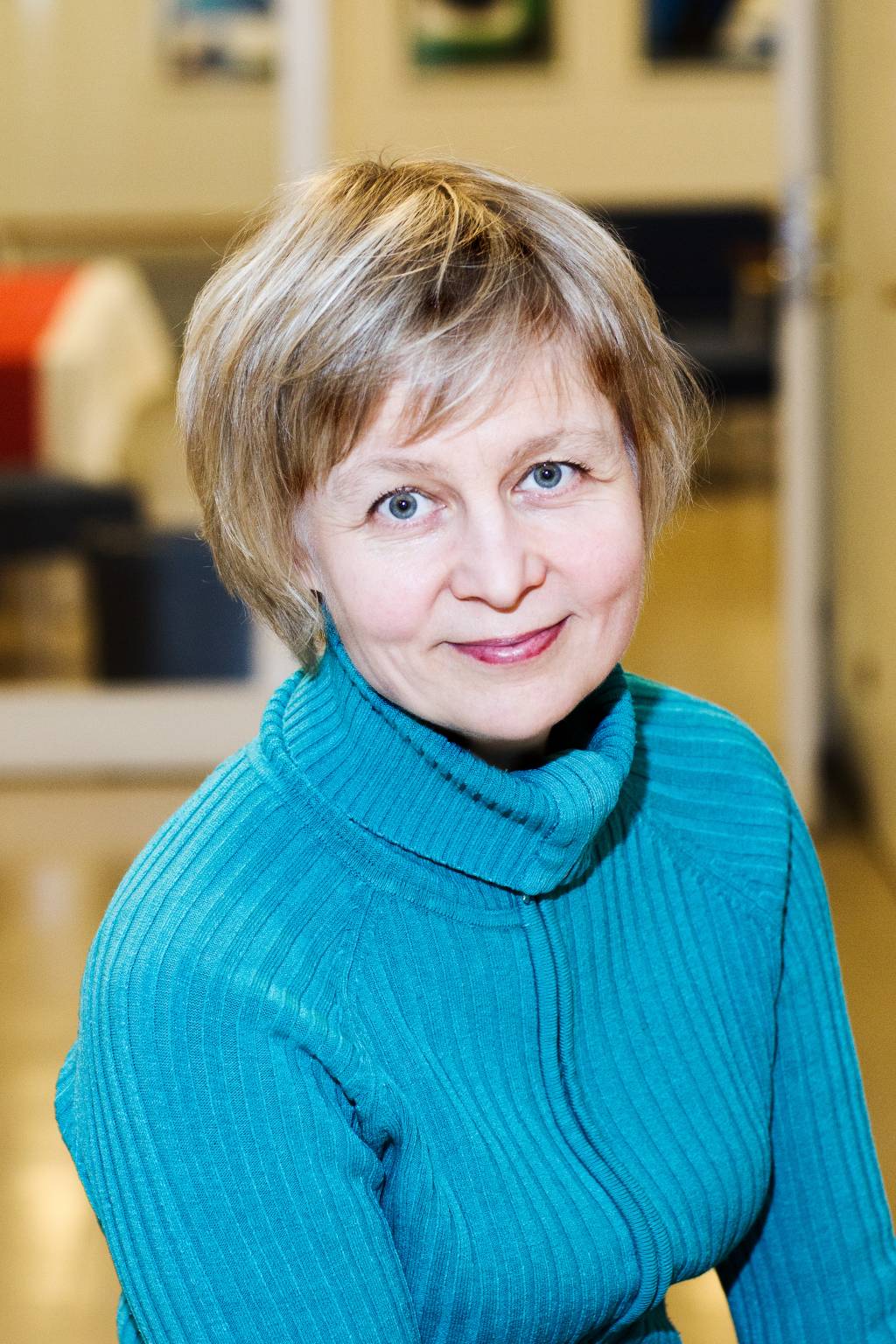
Salla Kurhila
Interaction and inclusion in multilingual workplaces
Salla Kurhila, University of Helsinki
In the globalizing world, an increasing number of work communities operate in more than one language. In many workplaces in Finland, both the local language (e.g. Finnish) and a lingua franca (usually English) are used, and many professionals conduct (at least a part of) their work through a language that is not their first or strongest language. Sufficient language skills are of primary importance not only in finding a job that corresponds to one’s qualifications, but also in becoming a full member of the Finnish society.
In this talk, I will discuss ways to use different languages and to support language learning in workplaces where the employees have different linguistic backgrounds. I will present a model that we have developed to enhance language awareness at the workplace, and to support language learning and integration. The model is based on data (interviews, videorecordings, and ethnograrphic observation) collected in various white-collar workplaces in Finland. Through selected extracts, I will show a few practices that facilitate people’s participation in ongoing activities with varying language skills.
Biography:
Salla Kurhila is a professor in the Department of Finnish, Finno-Ugrian and Scandinavian Studies at the University of Helsinki. Her publications include studies on different phenomena in second language conversations, language learning in interaction, and correction and intersubjectivity in conversation. She currently leads a project on multilingual working life and participation practices (Kone Foundation, 2020–2024).
